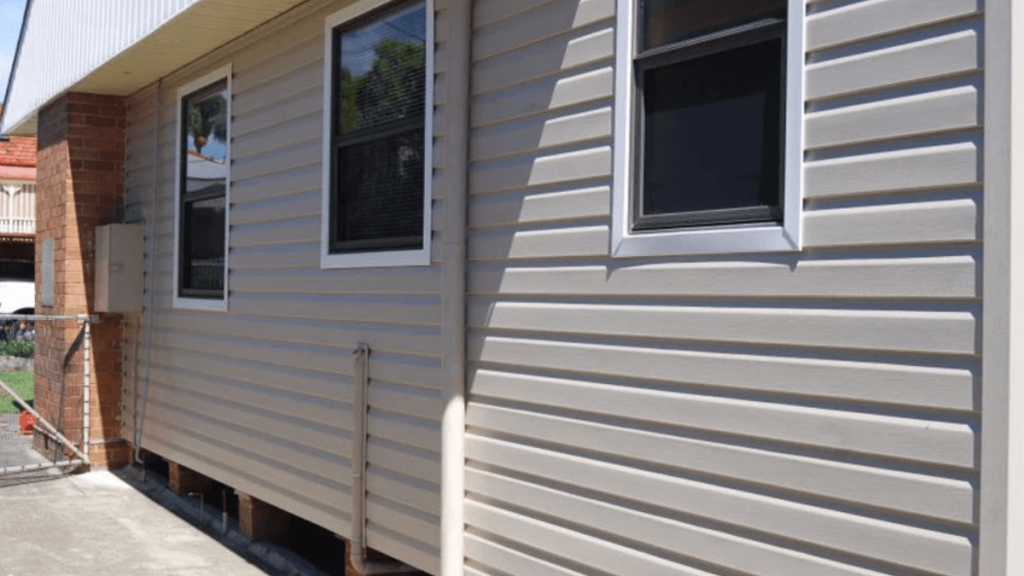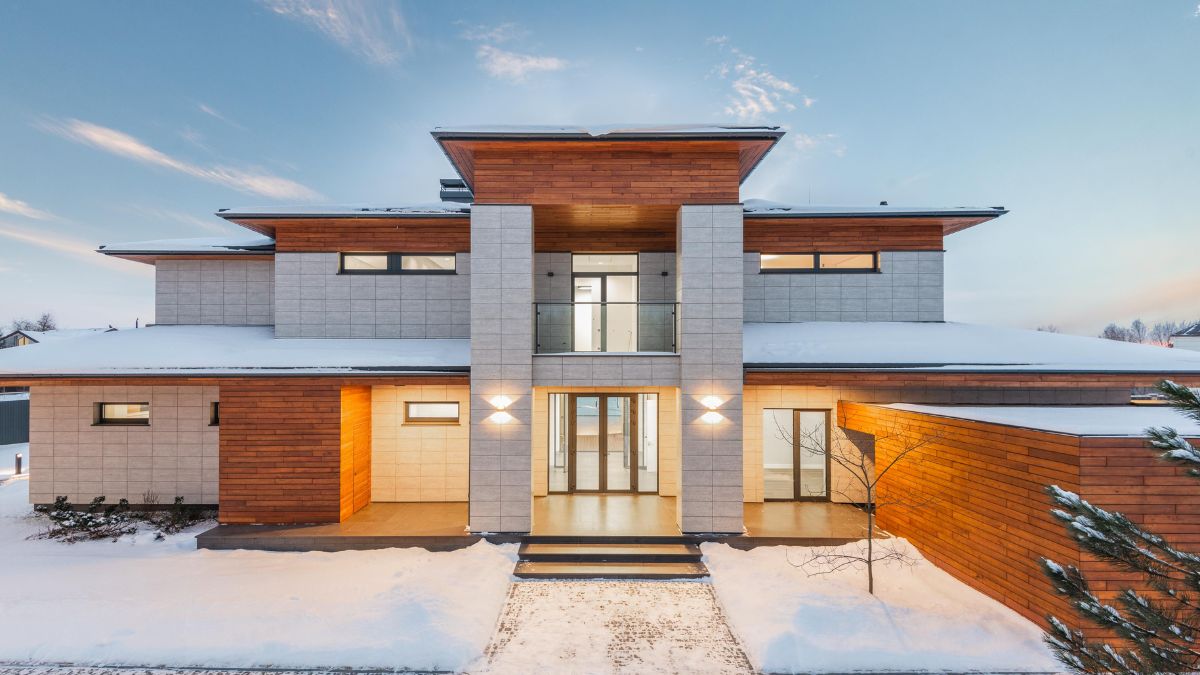Cladding Systems for Homes
Cladding systems are an important aspect of modern building design, providing a layer of protection and insulation. There are many different types of cladding systems available, each with its own unique set of benefits and drawbacks. This blog post will explore the different types of cladding systems and their installation process.

Siding Cladding
The most common type of cladding system is siding. Siding is a type of house cladding system that is made of materials such as wood, vinyl, or aluminum. These materials are lightweight and easy to install, making them a popular choice for both residential and commercial buildings. Siding is also relatively inexpensive, making it a cost-effective option for many projects.
Brick Veneer Cladding
Another type of cladding system is brick veneer. A brick veneer is a cladding system that is made of thin bricks that are applied to the exterior of a building. This type of cladding system is more durable than siding and provides better insulation, but it is also more expensive and requires more skill to install.
Stucco
Another popular type of cladding system is stucco. Stucco is a type of cladding that is made of a mixture of cement, sand, and water. This cladding system is also relatively inexpensive and easy to install
Metal cladding
One of the most popular cladding systems in recent years has been metal cladding. Metal cladding is a type of cladding system that is made of materials such as steel, aluminum, or copper. These materials are lightweight and durable, making them a great choice for both residential and commercial buildings. Metal cladding is also relatively inexpensive and easy to install, making it a popular choice for many projects.
House Cladding System Installation
Rainscreen system
House cladding systems can be installed in different ways, the most common method is called a rain-screen system. A rain-screen cladding installation system is designed to allow water to drain away from the building while still providing a layer of insulation and protection. This type of cladding system is particularly useful in areas with a lot of rainfall or humidity.
Barrier system
Another way of installing cladding systems is called a barrier system. It is designed to keep water out of the building while still providing a layer of insulation and protection. This type of cladding system is particularly useful in areas with low rainfall or humidity.
Cladding system Installation Process
The installation process for cladding systems varies depending on the type of system being used. Siding and metal cladding systems are typically the easiest to install, as they come in pre-cut panels that can be easily attached to the building. Brick veneer and stucco systems, on the other hand, require more skill and experience to install, as they involve mixing and applying the materials by hand.
When installing cladding systems, it is important to ensure that the building has a proper moisture barrier and flashing to prevent water from penetrating the building. It is also important to properly seal all joints and gaps to prevent air leaks and improve energy efficiency.
Conclusion
Cladding systems are an essential aspect of modern building design, providing a layer of protection and insulation to the exterior of a structure. There are many different types of cladding systems available, each with its own unique set of benefits and drawbacks. Siding, brick veneer, stucco, and metal cladding are the most common types, and the installation process varies depending on the type of system being used. It is important to ensure that the building has a proper moisture barrier and flashing and that all joints and gaps are properly sealed to prevent air leaks and improve energy efficiency.

